

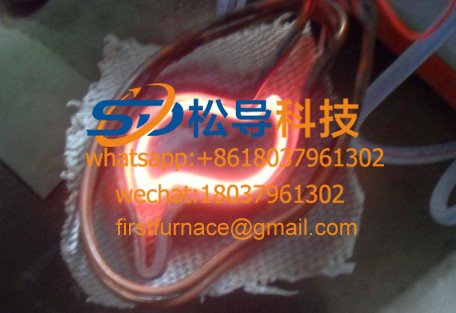
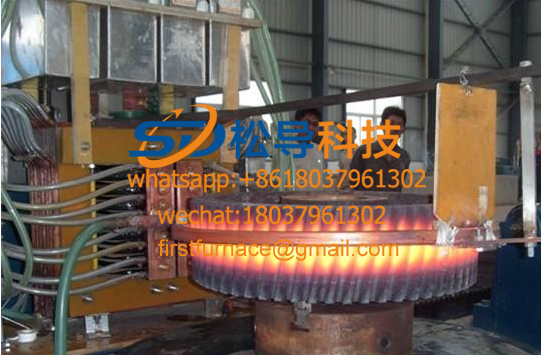 Medium frequency quenching furnace
Medium frequency quenching furnace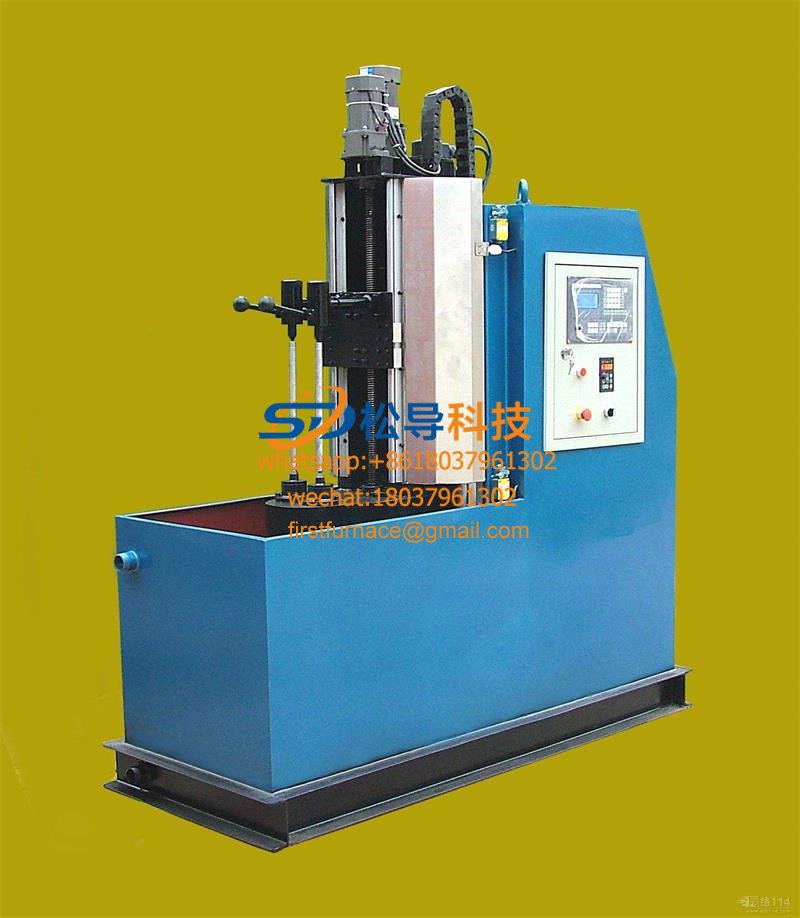 Shaft quenching machine
Shaft quenching machine Camshaft quenching machine
Camshaft quenching machine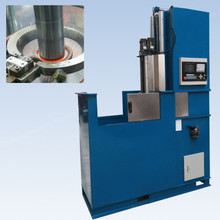 CNC quenching machine
CNC quenching machine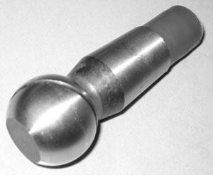 ball head pin high frequency induction quenching furnace
ball head pin high frequency induction quenching furnace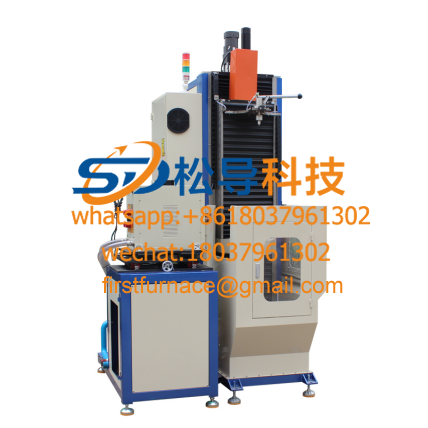 vertical shaft type high frequency quenching machine
vertical shaft type high frequency quenching machine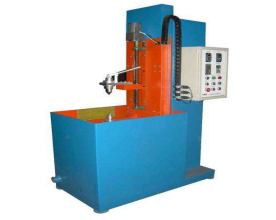 vertical CNC induction hardening machine
vertical CNC induction hardening machine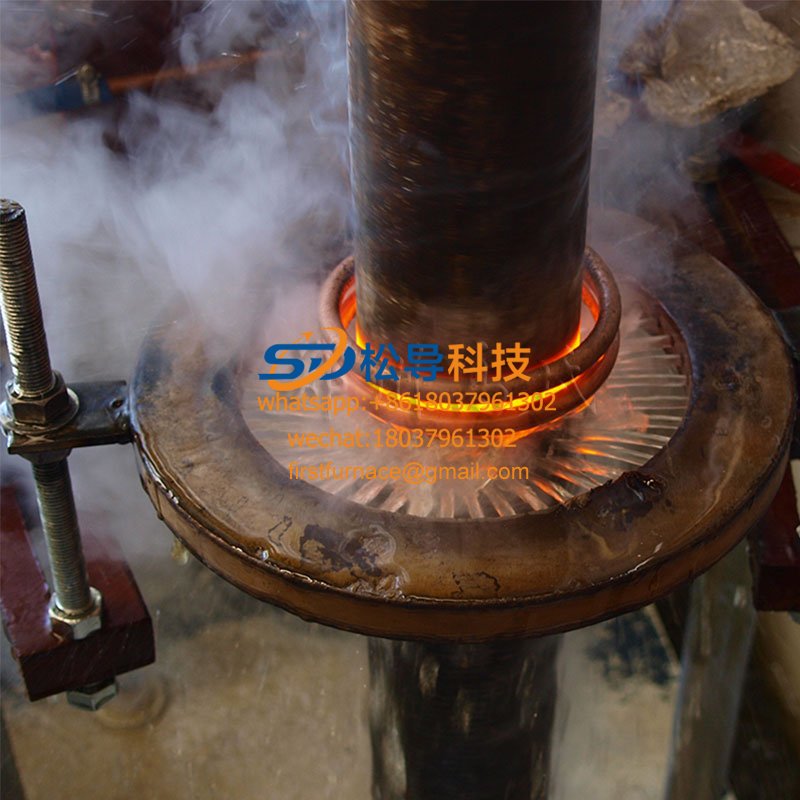 Piston rod quenching furnace
Piston rod quenching furnace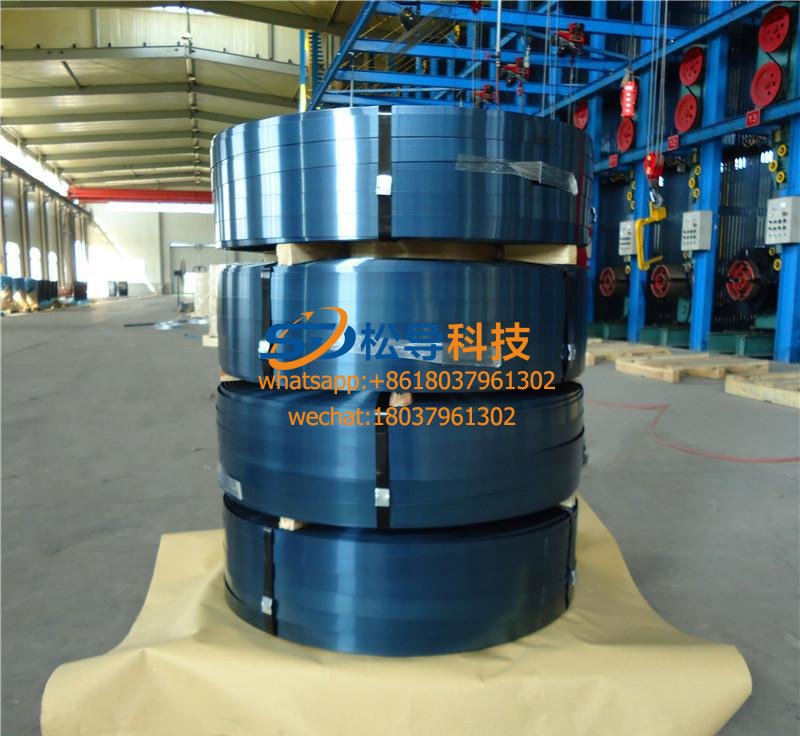 Steel belt heating to blue induction heating equipment
Steel belt heating to blue induction heating equipment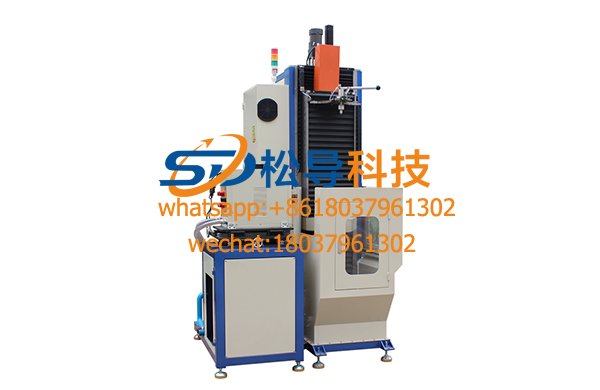 induction hardening machine tool
induction hardening machine tool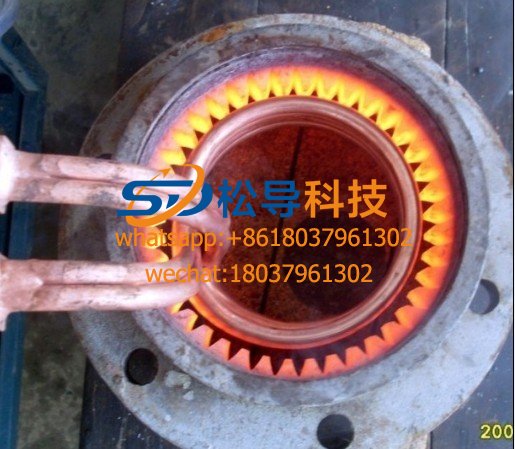 gear quenching machine
gear quenching machine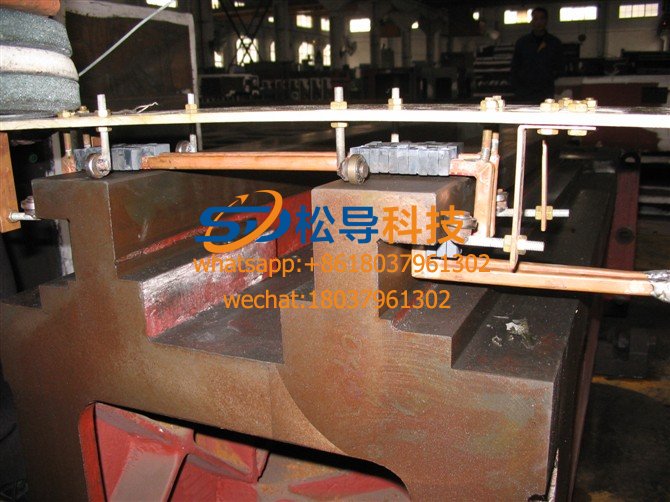 Rail Quenching Machine Tool
Rail Quenching Machine Tool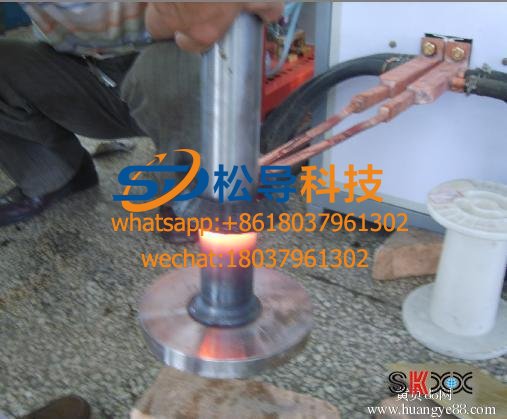 half shaft induction hardening machine
half shaft induction hardening machineThe camshaft is a component of the piston engine. Its role is to control the opening and closing of the valve. The purpose of quenching the camshaft is to transform the supercooled austenite into martensite or bainite, obtain martensite or bainite structure, and then mix with tempering at different temperatures to greatly improve the strength, hardness and resistance of the steel. Grindability, fatigue strength and toughness to meet the different requirements of various mechanical parts and tools.

First, the performance characteristics of the camshaft quenching machine / half-axis induction hardening machine:
1. This machine adopts PC industrial digital control system with advanced performance, convenient debugging and use, and can meet the quenching needs of complex workpieces to the greatest extent.
2 , the machine can achieve quenching mode: continuous scanning quenching, simultaneous quenching, segmental continuous scanning quenching (segmentation degree setting, no need to switch, the same below), segmentation and simultaneous quenching.
3. Typical workpieces applicable to this machine tool (within the corresponding size range) Shafts: various shafts, stepped shafts, gear shafts, camshafts, half shafts, outer circumferences and end faces of disc-shaped parts.
4. The machine tool electrical control system reserves the quenching heating and cooling water control interface. The quenching process and the cooling process can be controlled according to the process requirements.
5 , low operating costs. The workpiece running drive motor only needs 250W , and the whole machine consumes less than one-fifth of the mechanical equipment.
6 , the use of profile structure fuselage, low cost, light weight, economical and practical.
7. Easy to use and maintain, low failure rate and no leakage.
8. High degree of automation and high production efficiency.
9. The guide rail adopts linear bearing with high precision, small friction and long service life.
10 , the weight device balances the weight through the sprocket and chain.
Second, is the camshaft quenching a preliminary heat treatment or a final heat treatment ?
Some of them are quenched before roughing (also can be cold-excited). The premise is that the blank casting precision is high, because rough machining can not be carried out after quenching, only direct grinding, and some quenching after cam roughing, both processes presence. But precisely speaking, it is a preliminary heat treatment before finishing.
Third, steel camshaft carburizing heat treatment process
1, direct quenching after carburizing direct quenching, having production efficiency high, low cost, decarburization oxide, etc., but due to the high carburizing temperature, austenite grain growth, thick martensite after quenching, There are also many retained austenites , so wear resistance and toughness are poor. Only suitable for intrinsic fine grain steels and parts with low wear resistance or low load bearing
2 , a quenching is after the slow cooling of carburizing, reheating to the critical temperature above the insulation and quenching. Compared with direct quenching, primary quenching can result in a certain degree of refinement of the steel structure. When the core tissue requirements are high, the heating temperature for one quenching is slightly higher than Ac3 . For parts that are not loaded but have high wear resistance and high hardness performance on the surface . The quenching temperature should be 30 ° C ~ 50 ° C above Ac1 , so that the surface grain refinement , but the core structure is not greatly improved , the performance is slightly worse.
3 , secondary quenching for high mechanical properties or intrinsic coarse grain steel , should be used for secondary quenching. The purpose of the first quenching is to improve the heart tissue, and the heating temperature is 30 ° C to 50 ° C above Ac3 . The purpose of the second quenching is to refine the surface structure to obtain fine martensite and uniformly distributed granular secondary cementite, and the heating temperature is 30 ° C to 50 ° C above Ac1 .
Fourth, the camshaft should be tempered after induction hardening.
The induction hardening is high-frequency induction hardening . If the shaft is not ground after high-frequency quenching, the shaft does not need to be tempered in time, and it is not necessary to temper. This not only saves energy, but also the compressive stress on the surface of the camshaft after high-frequency quenching helps to increase the fatigue strength of the shaft. In addition, the purpose of the high frequency quenching of the camshaft is mainly to improve the strength of the shaft and the wear resistance of the shaft surface. If the shaft needs to be ground, in order to avoid grinding cracks, it is recommended to perform low temperature tempering of the shaft for about 220 degrees Celsius for a long time before grinding.
Copyright© 2007-2013 NO.6 Electric Mall All Rights Reserved
